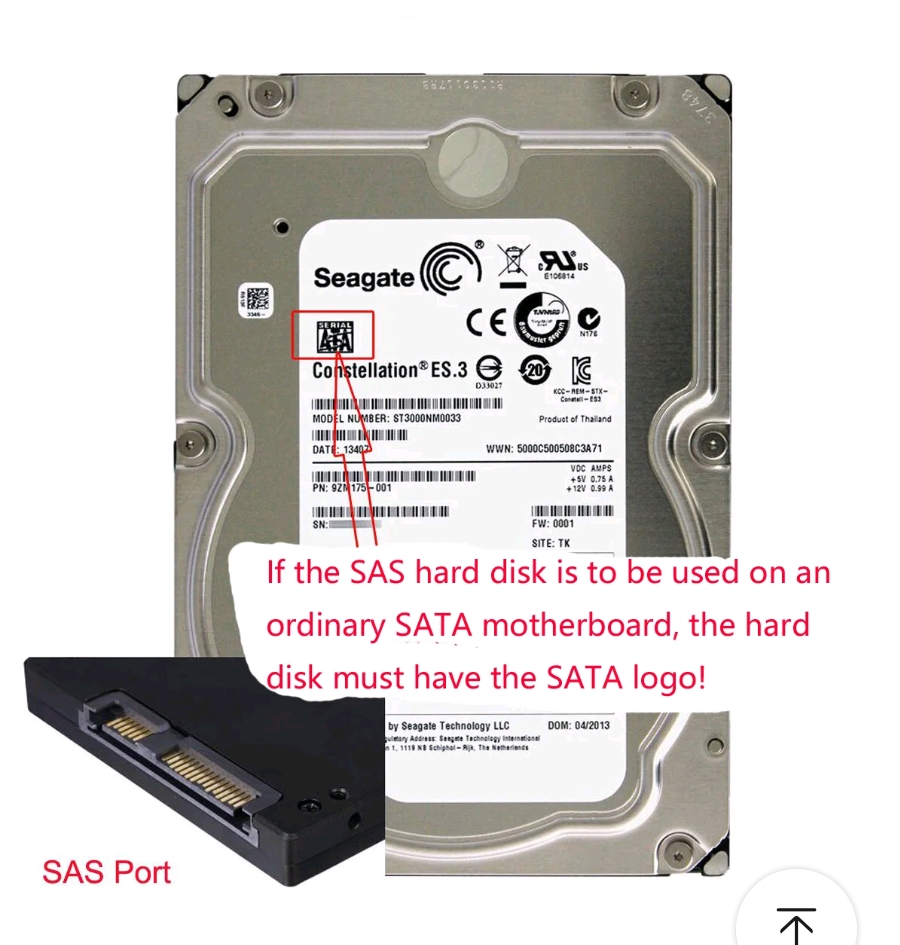

It’s always been there in the add-on, why they removed it as a base feature beats me, but I feel they are going down the “Google route”, remove all that works and replace it with what you never asked for.
Google used to hold a lot of nice services and features, including Chromecast. Why kill something that worked so well for so many people?
Take a look at https://killedbygoogle.com/ if you have some spare time.
What the user wants does not matter anymore, seems to be a default all over these days… 🙄







Subtitles are not always simple text files in the source. They can come in various formats like SRT, WebVTT, Teletext, and VobSub—if they are present at all.
To integrate them into WebM, you must first determine if they exist, ensure they have the correct language tags (and tag them properly if they don’t), then extract them, convert them into a format compatible with the player, and finally remux them alongside the video and audio. This process can easily fail in an automated workflow if any of these conditions are unmet or if the subtitle format is incompatible.
Given this complexity, it’s understandable why many choose to avoid the effort rather than addressing whether WebM supports subtitles.
I am not defending anyone, but the process of it all makes it understandable, at least for me.